Creative Coding as a Method
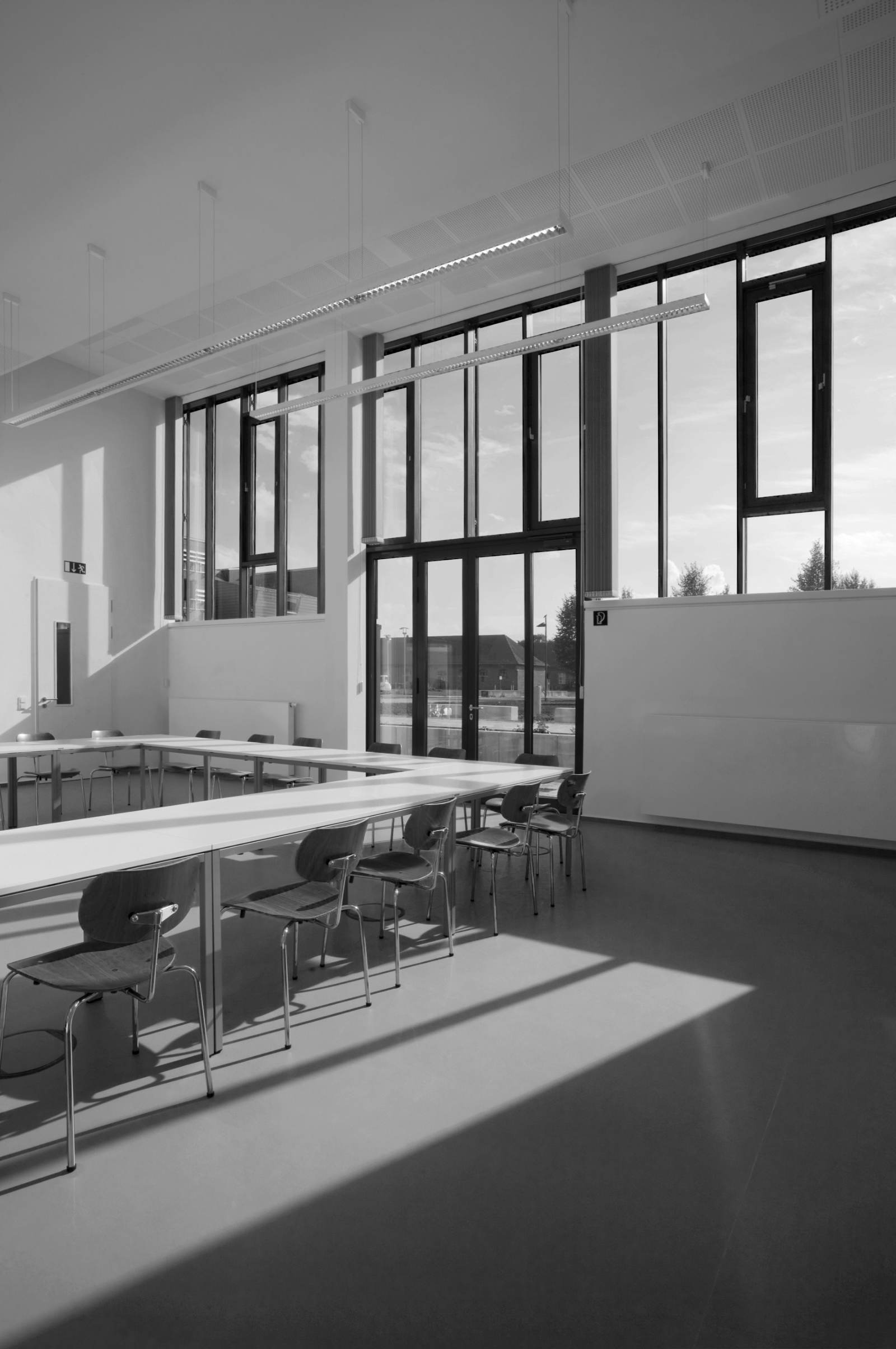
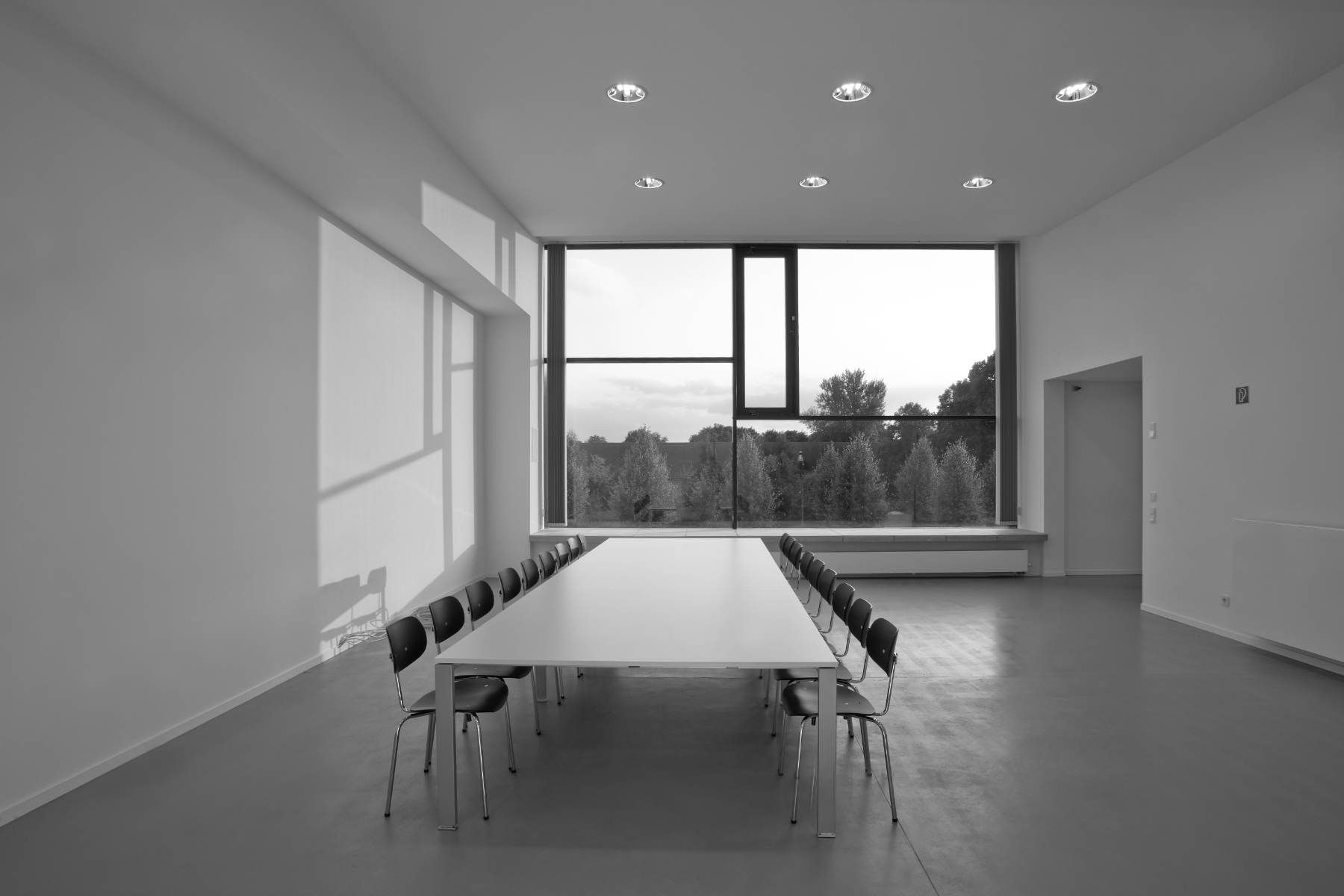
Note: This article is also available in German.
Vom Kleinen zum Großen
2011: On my first day as an assistant at the Münster School of Design, I’m sitting next to Prof. Lothar Schöneck in front of about 40 first-year students. The sun is blazing down on the high windows of the imposing new building, producing an oppressive heat. For the students, it is the first day of their design studies, and the course they are taking is the most important building block in the university’s basic education.
On this morning, there is a tense silence for minutes while Lothar takes notes in his computer. There are a few stacks of A4 copy paper on the tables. Sometimes you hear tentative giggles or coughs. No one dares to break the strange silence.
Then Lothar announces an assignment. He asks the students to each take a sheet of paper from the stack and intuitively fold and crumple it with their hands. “Tearing is forbidden! But feel free to be rough with the paper!” he emphasizes. A murmur goes through the group. Disbelieving looks meet Lothar’s and my eyes. I look over at him. He nods in confirmation. Shortly afterwards, a concert of soft rustling noises floods the room.
I look across the tables. All the students are working on the paper in a slightly different way. Some go about it systematically: Fold, smooth, and pull. Others work with brute force. After about 2 minutes, silence returns. Then the announcement: “You will now work intensively with this sheet of paper for three months. You will examine it meticulously, get to know its wrinkled landscape, and develop your own project from the ideas it contains.” Disbelieving laughter filters through from the students to us. Was that really the assignment? What does this have to do with design?

Contrary to all expectations, the method was to prove a bubbling source of extraordinary ideas. The results were amazing! Lisa developed utopian architectural models from the folds of the paper over the course of the semester. Finn discovered a typographic system in the creases. Other students stumbled upon concrete product ideas for furniture or utilitarian objects.
Certainly the initial wonderment about the topic had to do with a paradigm. Students assumed that design must always work toward solving a problem and that this problem is clear at the beginning of the process. In the assignment, this principle was turned on its head. Suddenly, the focus was on motiveless experimentation.
After a short time, the students began to enjoy the unusual approach. By reversing the solution-oriented design process (“form follows function” to “function follows form”) to an act of attentive observation and discovery, ideas emerged that otherwise would probably never have come into the world. In the process, students took an exploratory approach, developing a wide range of unpredictable outcomes through iterative steps followed by reflection. The public presentation at the end of the semester was a veritable festival of ideas.
(Creative Coding is) a discovery-based process consisting of exploration, iteration and reflection, using code as a primary medium, towards a media artefact designed for an artistic context.
Stig Møller Hansen: public class Graphic_Design implements Code {//Yes, but how?}: an investigation towards bespoke Creative Coding programming courses in graphic design education, Aarhus 2019, Seite 13. Link
The method of unintentional design also inspired me to work on various projects during my design studies. In 2014, I encountered it again in an unexpected context: Creative Coding.
Let’s remember: Creative Coding is an iterative process based on experimental, relatively motiveless research and reflection. This reveals a crucial difference to the method of Generative Design, because the end result of the latter is usually partially predefined. Creative Coding is, at least in theory, purposeless and thus an inductive design method.
It is precisely this aimlessness of Creative Coding that, in addition to the effect of gaining knowledge about the technique itself, can also bring other advantages for designers. Thus, I can only recommend every programming designer to develop and exhibit an individual portfolio of ideas and tools, as it is these experiments that can lead to concrete projects. If you make your results publicly visible, it can happen that clients book you as a designer:in based on an idea. This has happened to me frequently in recent years. Particularly significant for this recommendation was a project that I was allowed to realize in 2020 for the online edition of the New York Times.

At the beginning of the Corona pandemic, I received an unexpected message from a creative director at the New York Times. We arranged to talk and he told me that the editorial team was working on an article about contact tracing for infected people. For the article’s illustration, he had discovered an animation in my Instagram feed that, after a few tweaks, would be ideal for visualizing the topic. I got the assignment and started working on it. Within a few days, we had completed an animation based on the idea, which was used as a full-screen video in the article’s lead (link). Suddenly, I had one of the most renowned clients in the world as a reference in my vita.

This project was not to remain an isolated case. In the spring of 2022, I was contacted by a representative of an agency in Portland. It was about a campaign for IBM’s think-conference and she asked me if I could develop generative portraits based on my Redrawing Images Link series to promote the speakers. Of course I agreed and IBM is now using the visuals on their main marketing channels.


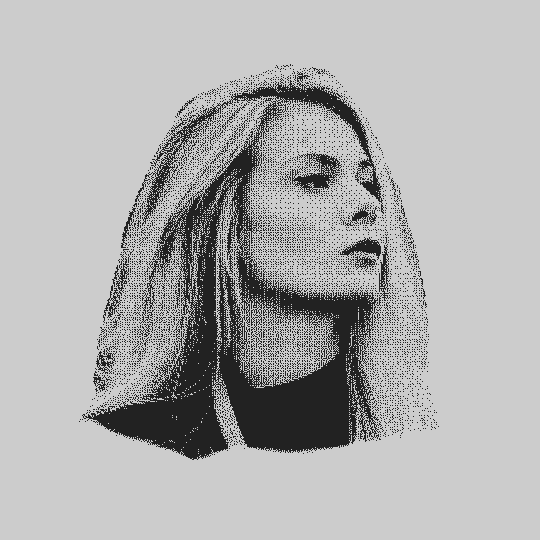
2022-06-22: Unfortunately, I am not allowed to publish any results at this stage, but I plan to share a comprehensive case study on the project soon. Stay tuned!
Many companies and institutions are looking for talented designers, and from a technical point of view, social media platforms are ideal for promoting visual work. Free experimental projects are particularly interesting for potential customers for several reasons. On the one hand, the inductively implemented project ideas have usually not yet been used commercially and are therefore unique. On the other hand, projects can be realized directly on the basis of an existing idea, so that time-consuming ideation and research processes can be skipped. A win-win situation for all parties involved.
Inductive, unintentional design is massively underestimated and the paradigm of design as a tool to solve existing problems is an enormous obstacle for young designers who want to learn creative coding. Challenging this basic assumption is certainly tedious, but definitely worthwhile!
Please note: This article is a translation of a German text that is part of my master thesis. I am aware that the article still contains some formal inaccuracies in translation and citation. I will take care of cleaning up the citations and improving the translations as soon as possible.
Related
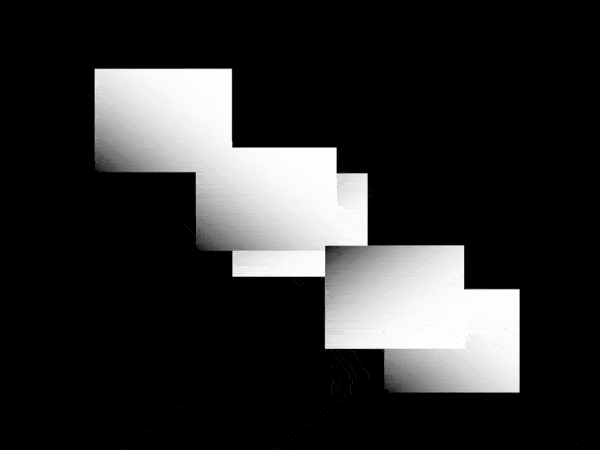 A Call for Coding Designers
A Call for Coding Designers
This is a call for coding designers. It aims to serve as a proposal and a provocation for creative work […]
 A reflection on Processing Community Day Copenhagen 2023
A reflection on Processing Community Day Copenhagen 2023
I’ve been travelling a lot in the last few months. Still, it was only during a short stay in Copenhagen […]
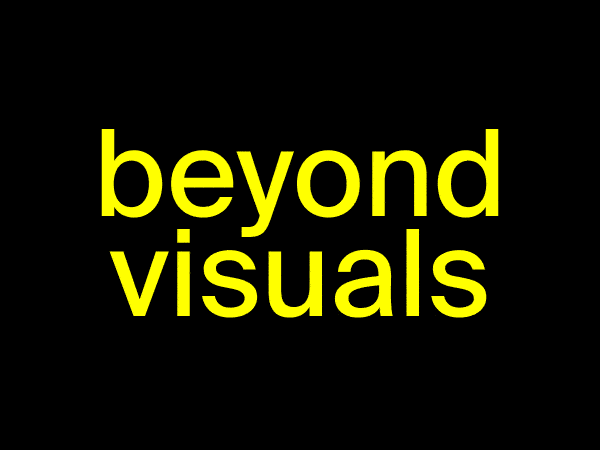 What Creative Coding can teach you beyond crafting visuals
What Creative Coding can teach you beyond crafting visuals
Learning to code has had a bad reputation for ages. Many people have the impression that it’s all about acquiring […]
 How I built myself a Digital Garden
How I built myself a Digital Garden
It was a red hot day in July 2023 when I met Alex Muñoz for breakfast in the morning at […]
 Digital Impact @ Disseny Hub
Digital Impact @ Disseny Hub
A few days ago, I visited the Disseny Hub in Barcelona to see the exhibition “Digital Impact”. On the website, […]
 Demystify Technology – A kind of Manifesto
Demystify Technology – A kind of Manifesto
A Fortunate Look into the Spam Folder When I opened my email program on an ordinary workday in the morning […]
 Thoughts on Artificial Intelligence
Thoughts on Artificial Intelligence
Photo: Vyběr Socky What a ride! I’m sitting in the room of a luxury hotel in Prague, once again packing […]
